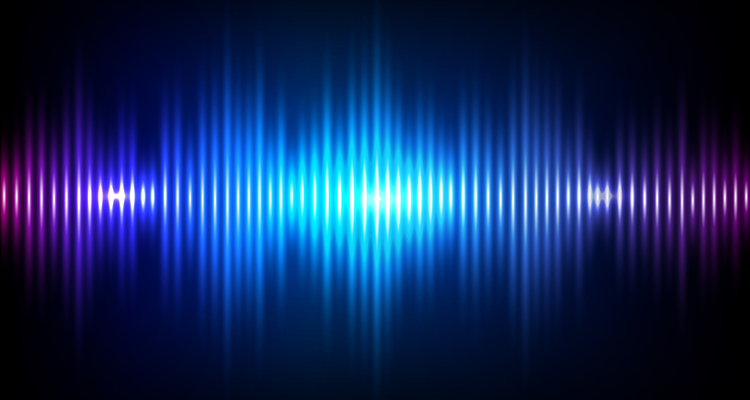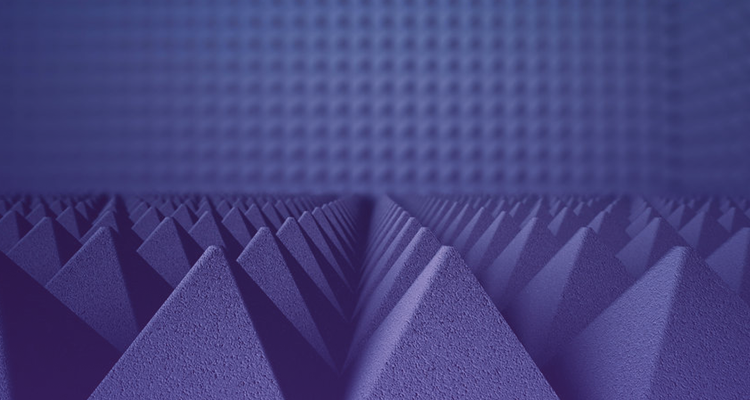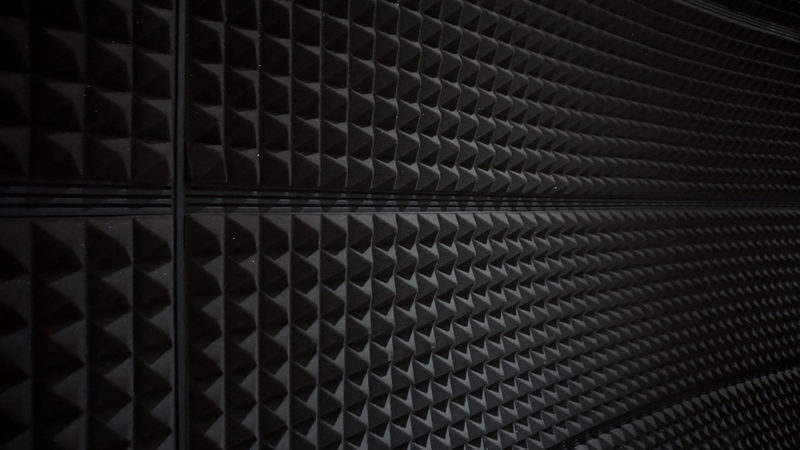InfoComm: Acoustics — Critical Seasoning for the Exceptional Experience
By Dan Daley
Special to InfoComm International
 There’s an old saying in the media business: Sound is the stepchild to picture. In the audio community, a persistent subset of that equation has long held that acoustics is the junior partner of sound.
There’s an old saying in the media business: Sound is the stepchild to picture. In the audio community, a persistent subset of that equation has long held that acoustics is the junior partner of sound.
Awareness of how the ambient environment of a space affects the quality and propagation of sound — how, for instance, reflective surfaces, such as walls and floors, create waves of echoes that smear speech intelligibility and musical timbre — has been slow to take root, even in dedicated performance venues. But that’s been changing in recent years, driven by the complexity of sound in modern media and content.
Houses of worship, for example, have made speech intelligibility a primary focus of acoustics. Historically, the architecture of traditional churches — where stone and wood interiors create excellent reverberance for the legato notes of worship music — guaranteed poor intelligibility. The rise of mega churches in the 1990s placed new emphasis on precision messaging in large reverberant spaces. In addition to highly directional sound systems, churches began using absorptive acoustical treatments to help minimize the reverberant artifacts or worship music.
Similarly, as cinema audio has grown more complex, theater design has evolved to address speech intelligibility, using various combinations of absorptive and diffusive treatments. With the popularity of surround sound — in theaters and other venues — the spoken word often gets encircled (or overwhelmed) by sound design, effects and music. As a result, corporate boardrooms, theme parks, meeting rooms and other spaces have begun to acknowledge the need to address acoustics as part of their AV systems designs.
The Studio Comes To the Event
One of the most salient examples of attention to acoustics is how acoustical design has migrated from its traditional home in recording studios to other spaces. Nearly 40 years after he designed Jimi Hendrix’s Electric Lady Studios in 1970, acoustician John Storyk went a few blocks deeper into Manhattan’s Greenwich Village and designed the sound system and acoustical treatment for Le Poisson Rouge, an 800-person-capacity club and event space that opened with a 5.1-surround-sound system to accommodate film showings, plus treatments to support live music recordings.
The heightened awareness of proper acoustics in all types spaces is spreading because, Storyk says, “There’s a recognition — finally — that sound systems and the spaces they’re used in are actually one and the same.”
That sounds simple enough, but Storyk asserts that the equipment-centric nature of audio technology has obscured what was always an electro-acoustical equation. “Equipment is easy,” he says. “You can see speakers and consoles. There is a price tag; you pay for it and install it and it’s done.” Acoustics, on the other hand, are “fuzzy,” he says. “People don’t want to pay for what they can’t see.”
But as the importance of content and messaging has increased in a noisy world, the need to acknowledge the role of acoustics has similarly expanded. Now, says Storyk, “Planners are checking acoustics off their lists as they evaluate venues, like they do other items, such as seating and union labor.”
All About That Bass
If speech intelligibility was the primary driver of acoustics awareness, another more recent phenomenon is driving its evolution: bass. More specifically, low-frequency energy (LFE) has become a dominant strain in global culture and subwoofers are proliferating. However, LFE presents its own set of issues to acoustical planning.
“When low frequencies get very loud, they can negatively impact the upper frequencies,” says Mark Holden, principal at Jaffe Holden in Norwalk, Conn. Certain construction materials — especially widely-used, single-layer gypsum drywall — can turn into virtual loudspeakers due to low-frequency resonance at very high SPL. This, in turn, energizes the wall, stimulating the production of additional vibrations at higher frequencies.
What acoustical designers are up against, beyond the visceral impact of LFE, is the perception of power it conveys, says Holden. “Venue and technology managers want audiences to become engaged with what’s going on, and enhanced low-frequency content gets a very gut-level reaction out of people,” says Holden. “They can literally feel sound in those frequencies.”
The phenomenon is worth noting because as bass permeates our culture, it creeps into older spaces that may not be as structurally accommodating as others. Paul Guzzone, owner of Triple Z Music, a New York-based specialty firm that often creates content for corporations, says bass-heavy music has become the norm for many clients, their expectations driven by cinema and theater sound. Although sound systems have adapted to the trend, the spaces themselves often fall short, acoustically.
“For example, audio packages for events always include subs, and most of the engineers I work with are capable of utilizing them tastefully,” he explains. “The issue becomes the construction of the room or space. For instance, no hotel ballroom can fully contain low frequencies at high volumes, so there is always bleed through.”
One tool acousticians have to counter this phenomenon is the bass trap. Resonating-type traps are panels mounted inside rigid frames, whose thicknesses correlate to certain frequencies. For instance, a 1/8-inch-thick, 4-by-8-foot plywood panel will resonate at 150 Hz, while 3/8-inch plywood resonates at 87 Hz. These resonating-type bass traps will absorb sound with high efficiency at their fundamental frequency of resonance, which will in turn reduce the upward-propagating effect of those frequencies.
More sophisticated bass-trap products have appeared over the years. Porous absorbers, the other main type of trap, are most commonly made of thick fiberglass, Owens Corning 703 or other open-cell foam. They utilize air gaps to vibrate like small springs, thus dissipating the LFE.
Holden says big LFE projects are challenging, but they can be countered with bigger bass traps and other techniques. He cites the work he did on NBC’s Studio 6B, which hosts The Tonight Show With Jimmy Fallon. When Holden first encountered the room, it felt more like a home theater than the concert hall Fallon wanted it to be. “There were subwoofers under the floor and they were turning that floor into a loudspeaker, and causing resonance at mid and high-frequency levels,” he recalls.
Holden ordered new seating built atop two layers of 3/4-inch plywood with damping material in between on top of a steel frame, whose rigidity further acted as a damper. He also called for absorbent batting installed above the ceiling and micro-perforated wood wall panels, all aimed at taming the low frequencies.
The takeaway, he says, is that as LFE becomes more integral to creating exceptional AV experiences, acoustical countermeasures will have to be commensurately more robust. “You can’t just turn it down — people are expecting to feel bass,” he says. “What venues are going to have to do is address it acoustically.”
The Subjective Science
For all the importance, acoustics have a built-in Achilles heel: They’ve historically represented one of the more subjective sciences. Practitioners may endlessly argue points that other scientists can resolve in a lab. That’s because sound’s invisible nature leaves it open to interpretation — one person’s noise is another’s symphony.
But that, too, is changing through the proliferation of more precise measuring technologies, such as ray tracing and spectrum analyzers. However, even those don’t always produce definitive results that everyone can agree on. And more affordable versions, including some in the form of smartphone apps, are now used by a larger cohort of professionals, whose actual knowledge of acoustics can vary widely.
In the end, increased awareness of what Storyk calls “the electro-acoustical equation” can only make audio sound better in a variety of AV spaces. And attention to acoustics will improve messaging and the delivery of content. Even if not everyone agrees on the choice of background music.





